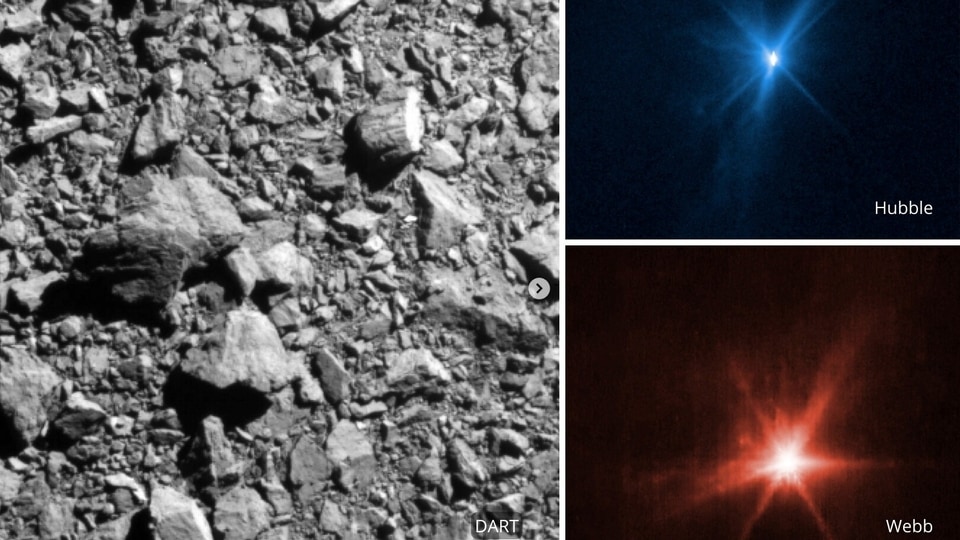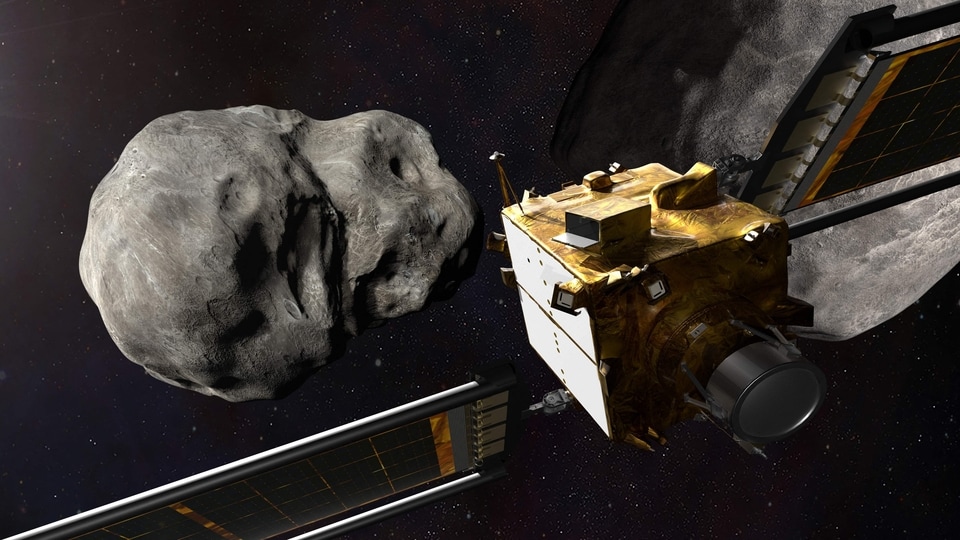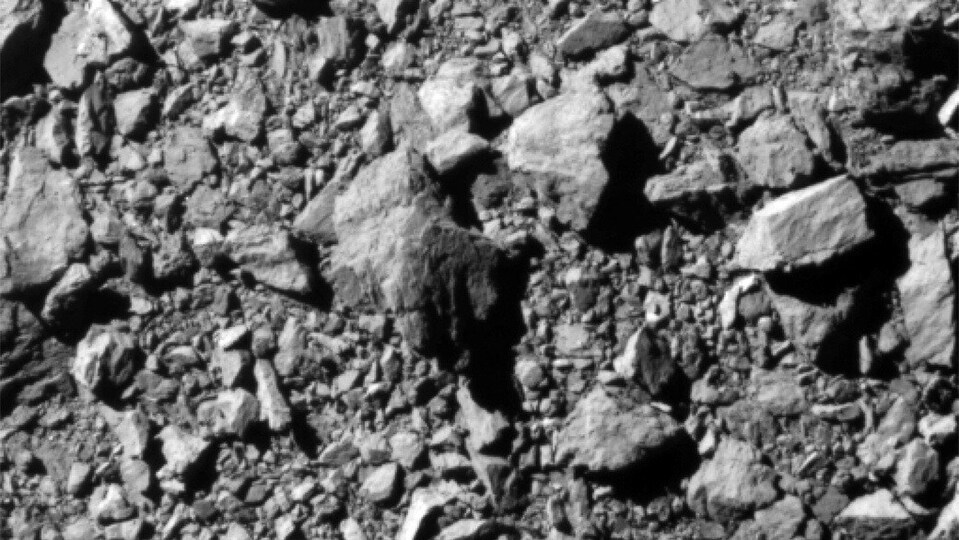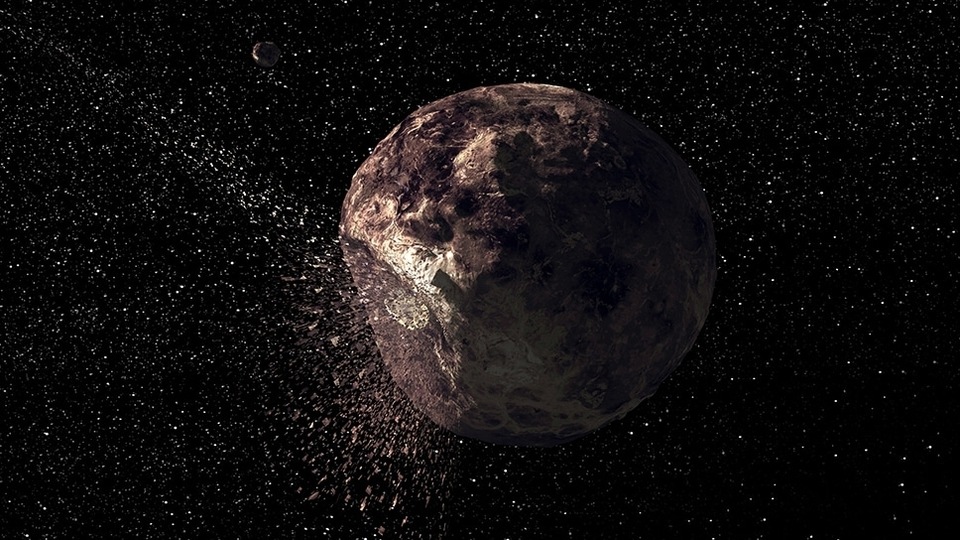SHOCKING! Historic interstellar meteor CRASHED into Earth; NASA clocked it at 144000 kmph
The 2nd ever interstellar meteor that crashed into Earth was speeding at a shocking 144000 kmph, NASA shows.





_1664474838769.jpeg)

 View all Images
View all ImagesIn 2014, a meteor was observed by NASA sensors. Back then, it wasn't thought to be of much importance apart from the fact that it was placed very far in the solar system. In 2019, NASA began looking for interstellar celestial bodies and the meteor, known as IM1, was confirmed to be the first ever interstellar meteor seen. For the unaware, interstellar celestial bodies are unique. They are any object from outer space that enters the solar system. These objects are very rare to spot since the Earth is placed in the inner circle of the solar system and asteroids and meteors don't come so close to the Sun. In fact, so far only one such space rock has been identified. Or so we thought. It turns out there is a 2nd interstellar meteor hidden inside the data catalogs of NASA.
The second ever interstellar meteor found
Known as the IM2, which is the abbreviation of interstellar meteor second, the meteor was found in the Fireballs catalog of Center for Near Earth Objects Studies (CNEOS) catalog. The object was detected on March 9, 2017 and was found to be about 3 feet in size. It was also seen traveling at an exceptionally high speed of 144000 kilometers per hour. The meteor crashed into Earth in the Atlantic ocean near Portugal.
Ironically, this meteor's remains were available to study for years but nobody knew that it was interstellar material. However, Avi Loeb, head of the Galileo Project, founding director of Harvard University's – Black Hole Initiative, director of the Institute for Theory and Computation at the Harvard-Smithsonian Center for Astrophysics, and the former chair of the astronomy department at Harvard University was the one who found out that the meteorite came from outer space along with his student Amir Siraj.
“In a new paper with my student, Amir Siraj, we have identified a second interstellar meteor, IM2, in the CNEOS fireball catalog of NASA. The two interstellar meteors are meter-scale objects that collided with Earth from a trajectory that was gravitationally unbound to the Sun. In other words, the objects arrived to the Solar system from interstellar space and were moving faster than the escape speed from the Sun when they were collected by the “fishing net” of the Earth's atmosphere,” Loeb told The Debrief. You can read more about the research that led to this conclusion here.
Catch all the Latest Tech News, Mobile News, Laptop News, Gaming news, Wearables News , How To News, also keep up with us on Whatsapp channel,Twitter, Facebook, Google News, and Instagram. For our latest videos, subscribe to our YouTube channel.
































